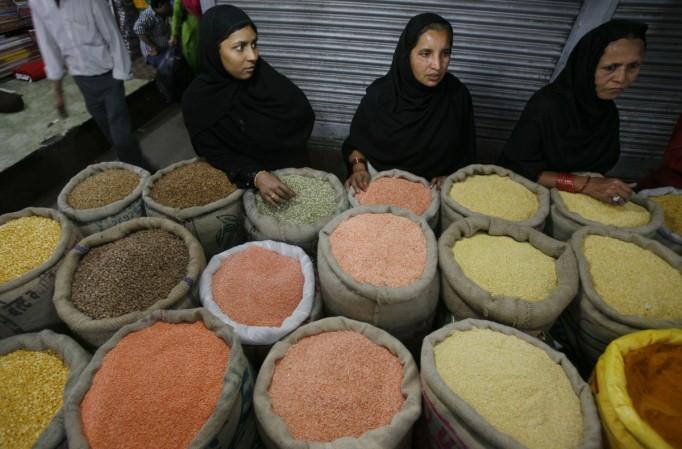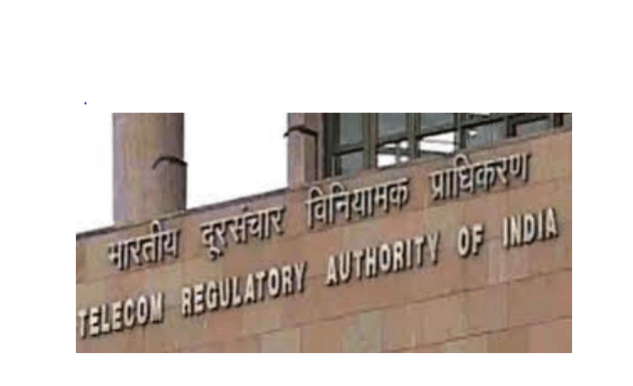
The prices of Urad have started declining in the domestic market on the back of a higher procurement of the summer crop by government agencies and the outlook for the kharif crop has improved with the increase in sown area this year due to a better monsoon, the Ministry of Consumer Affairs said on Wednesday.
As of July 6, wholesale prices of Urad have witnessed a week-on-week decline of 3.12 per cent and 1.08 per cent in the Indore and Delhi markets respectively. In alignment with domestic prices, the landed prices of imported Urad are also on a declining trend, the ministry said in a statement.
The procurement of summer Urad under the Price Support Scheme (PSS) by NAFED and NCCF is in progress.
As of 5th July, the area sown for Urad has reached 5.37 lakh hectares, as compared to 3.67 lakh hectares for the corresponding period last year. The 90-day crop is expected to experience a healthy kharif production this year.
Ahead of the Kharif sowing season, there has been significant momentum in the pre-registration of farmers through government agencies such as NAFED and NCCF. These efforts are part of the government’s strategy to encourage farmers to shift towards pulse production during the Kharif season, aiming for self-sufficiency in this sector.

In Madhya Pradesh alone, a total of 8,487 Urad farmers have already registered through NCCF and NAFED. Meanwhile, other major producing states such as Maharashtra, Tamil Nadu and Uttar Pradesh have seen pre-registrations of 2037, 1611 and 1663 farmers respectively, indicating widespread participation in these initiatives.
These measures underscore the government’s commitment to balancing market dynamics while supporting both, farmers and consumers, the official statement added.
With inputs from IANS










 Hyderabad June 29, 2024: MISMUN 24, Meru International School’s prestigious Model United Nations (MUN), offers a distinguished discussion board for 300 college students from over 40 faculties, representing various backgrounds and fostering inclusivity. This simulation of the United Nations, the place every delegate embodies a rustic, serves as a important platform for international cooperation. Kicking off on June twenty eighth, 2024, this yr’s occasion epitomizes the college’s dedication to getting ready college students for diplomatic discourse and worldwide relations.
Hyderabad June 29, 2024: MISMUN 24, Meru International School’s prestigious Model United Nations (MUN), offers a distinguished discussion board for 300 college students from over 40 faculties, representing various backgrounds and fostering inclusivity. This simulation of the United Nations, the place every delegate embodies a rustic, serves as a important platform for international cooperation. Kicking off on June twenty eighth, 2024, this yr’s occasion epitomizes the college’s dedication to getting ready college students for diplomatic discourse and worldwide relations.